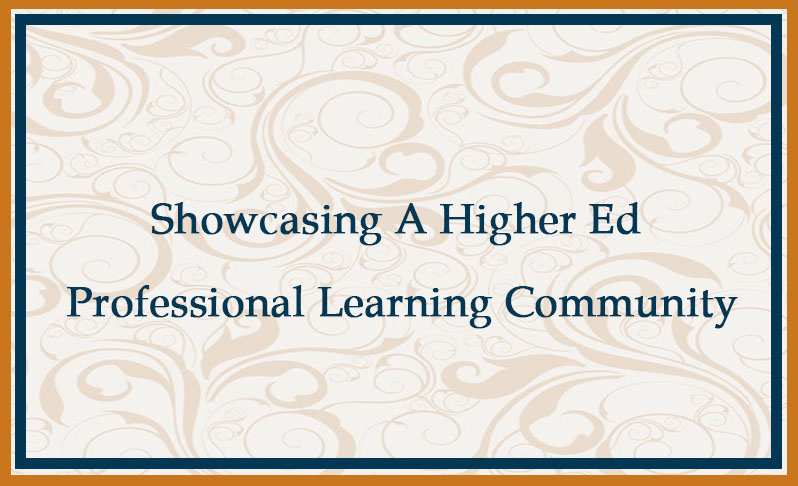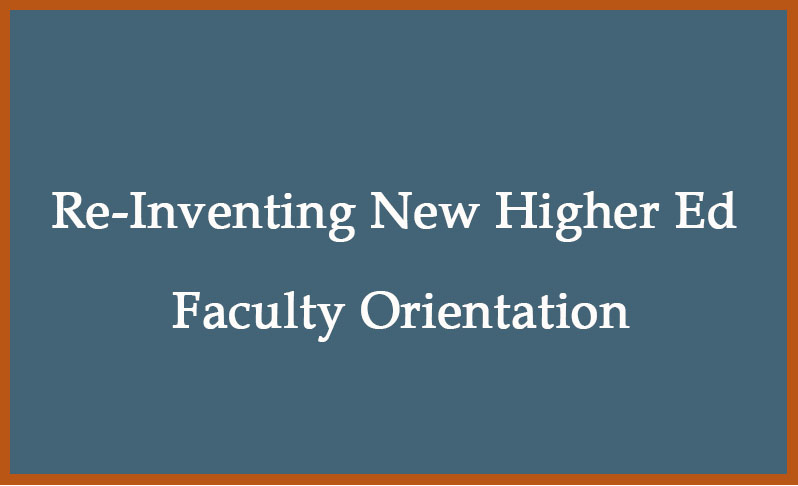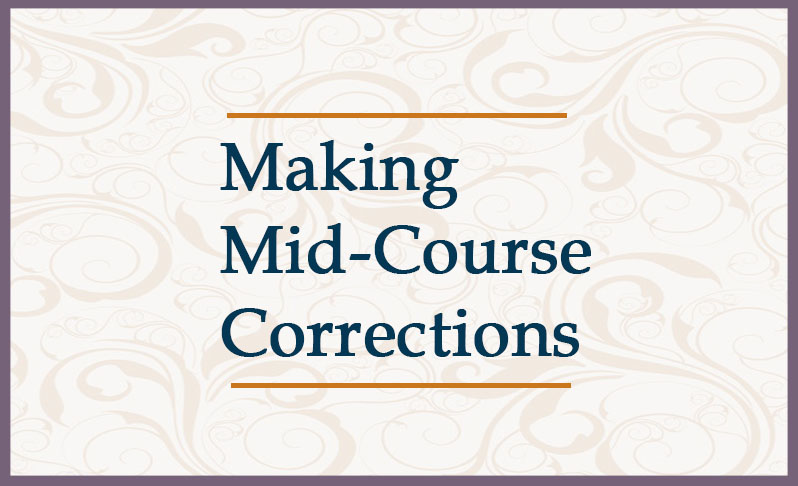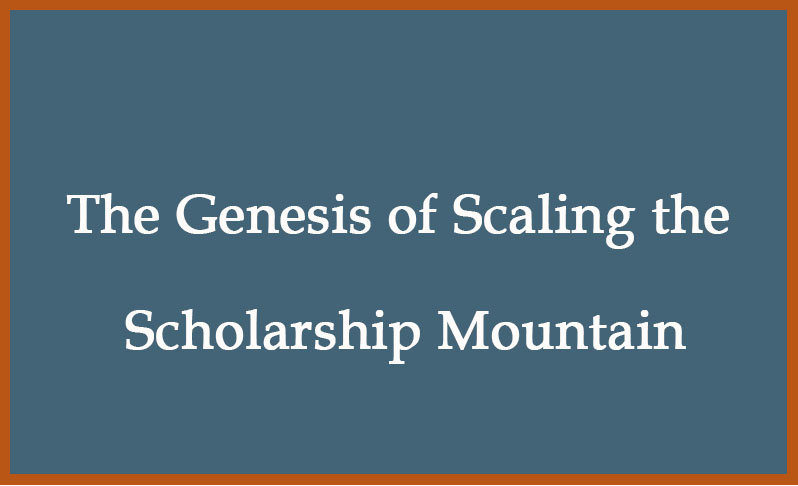We’ve explained how our CTL is guided by a principle we call the law of organizational entropy—when everybody is in charge, nobody is in charge. The obvious foundation for such a law is another law about the importance of organization in itself.
Several years ago, AT&T built an advertising campaign around the slogan “The system is the solution.” We have revised that law to state “The organization is the solution.”
But is the organization really the solution? The events of the past few days provide an example of how effective organization can work . . . quickly.
Read our story and the steps we applied to go from problem at 8:00 am to solution by 4:00 pm.
Identify Problems and Solutions
Every Tuesday morning the three of us regularly meet. We each bring an agenda of three or four things that have come up and problems we have to solve. Once a month, the Chief Faculty Innovator joins us during this hour and a half, and with the full Executive Committee in session, we focus on our Faculty Innovator program.
Last Tuesday Rusty brought up something that troubled him. Our on-demand program of faculty development, DEEP (which we have discussed in previous posts), had hit a snag.
We finally had the content ready to go on a basic course we had written called Foundations of Pedagogy, but we were being held up in production.
To explain, each new course needs to have two videos. One, the promo video, introduces the new course to the faculty as publicity, and the second, the explanatory video, pops up when someone enrolls in the course.
The problem was that our fairly new Media Coordinator was caught in a logjam. Because Paul was very successful, combining a technical expertise with an artistic flair, his videos took longer than we thought to shoot. Moreover, Paul’s success had put him in great demand.
On top of that situation, we had published a schedule that promised the faculty—and served to prod us—that the new Foundations of Pedagogy course would be ready a month or so ago.
Our problem, then, was that we needed to get the two videos conceptualized, scripted, shot, and embedded in the course. Immediately.
Recommended Next Step: Dedicate a time every week or two weeks to discuss challenges and solutions. Keep each other responsible for progress in your assigned tasks.
Take Action
We decided on a spokesperson to star in the video. Our colleagues Lisa was doing a presentation later that morning on an introduction to the DEEP system, we decided to ask her to be spokesperson just before her presentation.
Rather than try to free up Paul, we decided on an alternate route.
As part of our organization we have a Technology Coordinator, and this semester Jason ambitiously assembled a group of students into a group he calls the Media Consultants. In fact, our DEEP presentation at 11:00 was being Facebook lived and Instagrammed by two of them. Perhaps one of them could shoot the two simple videos?
But we also needed some concepts for the two intros. Sometimes we have to script them out, but both of these were deemed short enough so that our host could ad-lib—if we had two viable concepts.
The rest of the morning we brainstormed—see our nifty nine strategies for creativity—competing with the rear beep-beeping of vehicles and the pounding of girders into place next door.
Our breakthrough was turning a negative into a positive. Gazing into the Tinkertoy-like assemblage of girders, we began to see a metaphor (another nifty-nine strategy) for one video.
Recommended Next Steps: Identify all of your resources, including people who would be good additions to the projects. Apply these nine strategies to be more effective and creative in your execution.
Recommended Reading: Introduction to Applied Creative Thinking
Achieve The Desired Solution or Product
Shortly before 11:00 we approached Lisa as she prepared her DEEP presentation. Lisa was happy to do the videos and was even available that afternoon. The two media consultants shooting the DEEP presentation overheard us. They volunteered that another student who often did videography was downstairs eating lunch. We sent one consultant to get to get the videography student, and the other consultant coordinated a second video-shoot time with Lisa.
By 3:00 that afternoon Lisa shot an intro to the Foundations of Pedagogy course, using the construction site behind her to talk about “foundations.”
Lisa and the student videographer moved into the quad, where Lisa, clad in a gown and mortar board, announced the latest addition to our DEEP courses, tossing her mortarboard in the air and declaring that if faculty took the new course, “They might just make it after all.” (R.I. P. Mary Tyler Moore.)
Recommended Next Steps: Receive more strategies for faculty development, innovation and execution. Sign-up for your online subscription of the Journal of Faculty Development.
Your department will also receive three free books of choice when your university subscribes to our online The Journal of Faculty Development. Read more now.
Author
 Dr. Russell Carpenter is director of the Noel Studio for Academic Creativity and Program Director of the Minor in Applied Creative Thinking at Eastern Kentucky University. He is also Assistant Professor of English. Dr. Carpenter has published on the topic of creative thinking, among other areas, including two texts by New Forums Press. In addition, he has taught courses in creative thinking in EKU’s Minor in Applied Creative Thinking, which was featured in the New York Times in February 2014. Meet Russell.
Dr. Russell Carpenter is director of the Noel Studio for Academic Creativity and Program Director of the Minor in Applied Creative Thinking at Eastern Kentucky University. He is also Assistant Professor of English. Dr. Carpenter has published on the topic of creative thinking, among other areas, including two texts by New Forums Press. In addition, he has taught courses in creative thinking in EKU’s Minor in Applied Creative Thinking, which was featured in the New York Times in February 2014. Meet Russell.







